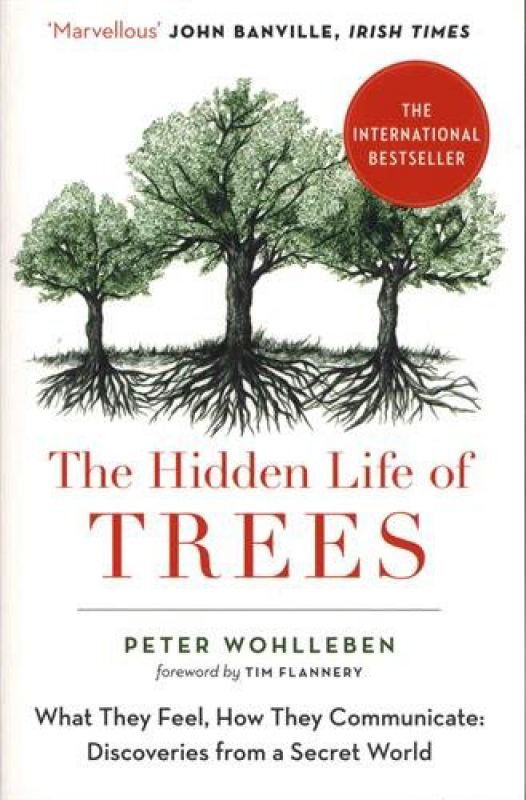

"As human beings, we're desperate to feel that we're not alone in the universe. Peter Wohlleben, renowned for his ability to write about trees in an engaging and moving way, reveals a wondrous cosmos where humans are a part of nature, and where conservation and environmental activism is not just about saving trees-it's about saving ourselves, too. and the eroding boundary between flora and fauna.Ī perfect book to take with you into the woods, The Heartbeat of Trees shares how to see, feel, smell, hear, and even taste the forest.In The Heartbeat of Trees, renowned forester Peter Wohlleben draws on new scientific discoveries to show how humans are deeply connected to the natural world.In an era of cell phone addiction, climate change, and urban life, many of us fear we've lost our connection to nature-but Peter Wohlleben is convinced that age-old ties linking humans to the forest remain alive and intact.ĭrawing on science and cutting-edge research, The Heartbeat of Trees reveals the profound interactions humans can have with nature, exploring: Where the color green calms us, and the forest sharpens our senses. (Sept.FROM THE AUTHOR OF THE NEW YORK TIMES BESTSELLER, THE HIDDEN LIFE OF TREESĪ powerful return to the forest, where trees have heartbeats and roots are like brains that extend underground.

He hopes the day will come “when the language of trees will eventually be deciphered.” Until then, Wohllenben’s book offers readers a vivid glimpse into their secret world. He even tackles the question of whether trees are intelligent. The book includes a note from forest scientist Suzanne Simard of the University of British Columbia, whose studies showed that entire forests can be connected by “using chemical signals sent through the fungal networks around their root tips” and led to the term “the wood-wide web.” Wohlleben anthropomorphizes his subject, using such terms as friendship and parenting, which serves to make the technical information relatable, and he backs up his ideas with information from scientists. They do so using a variety of methods, including the secretion of scents and sound vibrations to warn neighboring plants of potential attacks by insects and hungry herbivores, drought, and other dangers. Wohlleben, who worked for the German forestry commission for 20 years and now manages a beech forest in Germany, has gathered research from scientists around the world examining how trees communicate and interact with one another. This fascinating book will intrigue readers who love a walk through the woods.


 0 kommentar(er)
0 kommentar(er)
